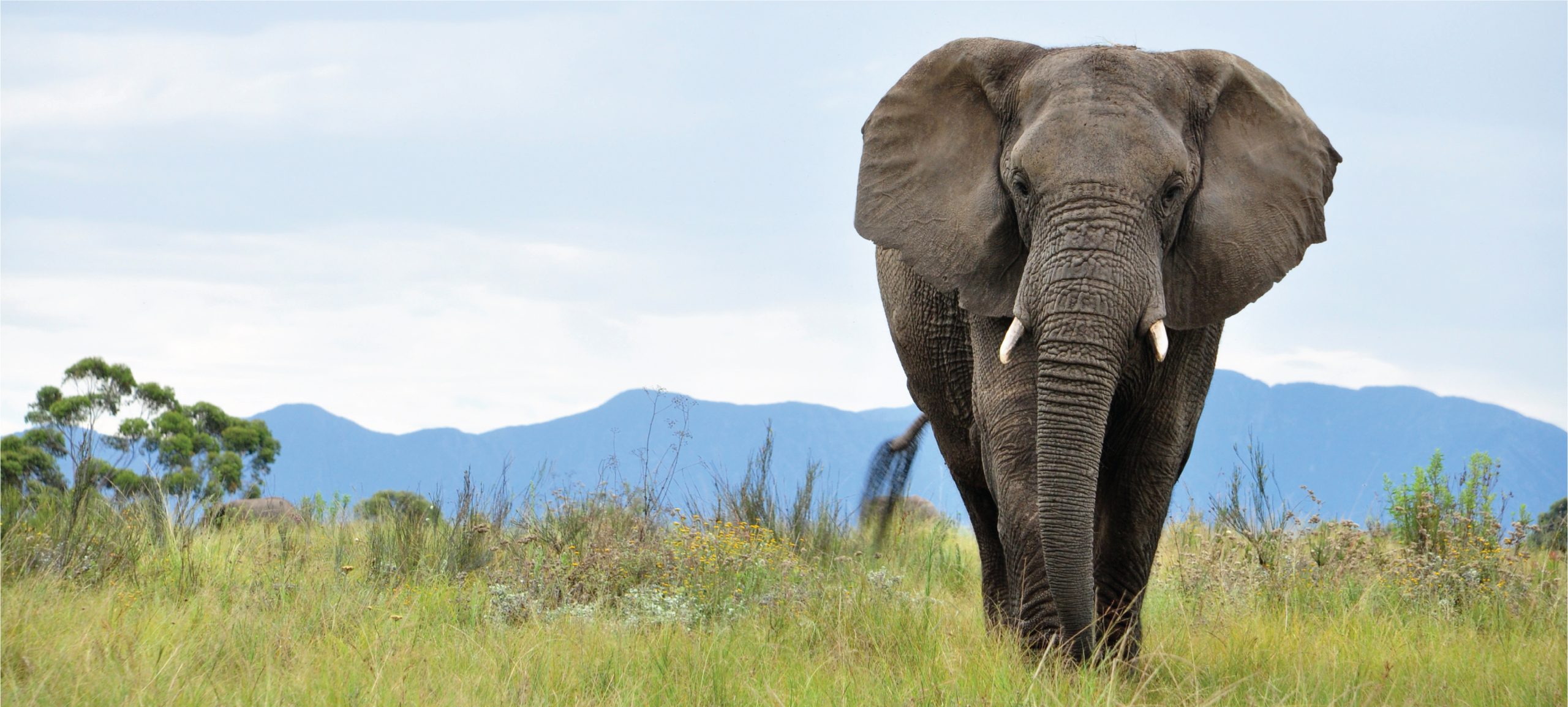-

Long-nosed Bandicoot
Discover the captivating world of the Long-nosed Bandicoot (Perameles nasuta), a nocturnal marsupial native to eastern Australia. With its distinct elongated snout and remarkable digging abilities, this small omnivore plays a crucial role in soil aeration and seed dispersal while navigating diverse habitats, from forests to urban gardens. Learn about its unique characteristics, behaviors, and…
-

Western Brown Bandicoot
Discover the fascinating world of the Western Brown Bandicoot, also known as the Quenda, a nocturnal marsupial native to southwestern Australia. Learn about its unique physical traits, dietary habits, and essential ecological roles, as well as the conservation challenges it faces due to habitat loss and introduced predators. This comprehensive overview sheds light on the…
-

Northern Brown Bandicoot
Discover the Northern Brown Bandicoot (Isoodon macrourus), a remarkable marsupial native to Australia and New Guinea. With their distinctive brown fur and nocturnal habits, these small creatures play a vital role in their ecosystems through soil aeration and seed dispersal. Learn about their unique adaptations, feeding behaviors, and the conservation efforts needed to protect these…
-

Southern Brown Bandicoot
Discover the enchanting Southern Brown Bandicoot (Isoodon obesulus), a small, nocturnal marsupial native to Australia, renowned for its critical ecological role and captivating appearance. With its keen senses and adept foraging skills, this solitary creature plays a vital part in soil health and plant growth, but faces challenges from habitat loss and invasive species. Learn…
-

Cape York Brown Bandicoot
Discover the Cape York Brown Bandicoot (Isoodon peninsulae), a small yet remarkable marsupial native to Queensland’s Cape York Peninsula. With its nocturnal foraging habits, strong digging adaptations, and vital ecological role, this elusive creature captivates wildlife enthusiasts and researchers alike. Explore its unique characteristics, behaviors, and conservation status to appreciate the significance of this fascinating…
-

Mouse Bandicoot
Explore the intriguing world of the Mouse Bandicoot (Microperoryctes murina), a small marsupial native to New Guinea’s dense forests. With its mouse-like appearance, nocturnal habits, and vital ecological roles—such as soil aeration and seed dispersal—this fascinating creature highlights the importance of conservation efforts amidst habitat challenges. Discover the unique adaptations and behaviors that make the…
-

Striped Bandicoot
Discover the striped bandicoot (Perameles lineatus), a remarkable nocturnal marsupial native to Australia known for its distinct striped coat and agile movements. This adaptable creature plays an essential role in its ecosystem, from seed dispersion to soil aeration, while also facing challenges from habitat loss and introduced predators. Explore their unique behaviors, physical characteristics, and…
-

Papuan Bandicoot
Discover the enigmatic Papuan Bandicoot (Microperoryctes papuensis), a small nocturnal marsupial found in the lush forests of Papua New Guinea. With its distinctive pointed snout and mottled fur, this elusive creature plays a crucial ecological role as a natural forager, enhancing soil health and promoting forest regeneration. Dive into our comprehensive overview to learn about…
-

Seram Bandicoot
Discover the Seram Bandicoot (Rhynchomeles prattorum), a unique marsupial native to Indonesia’s Seram Island. This elusive creature, known for its distinctive appearance and nocturnal habits, plays a vital ecological role in its tropical rainforest habitat. Learn about its physical characteristics, behaviors, conservation status, and why protecting this vulnerable species is crucial for biodiversity.
Search
Popular Posts
-
Lampropeltis abnorma
Discover the striking Lampropeltis abnorma, or Central American Kingsnake, known for its vibrant coloration and smooth, glossy scales. Found in Central America’s tropical rainforests, this nocturnal predator plays a crucial role in its ecosystem by controlling pest populations and maintaining balance among small mammal and reptile communities.
-
Lamprolepis smaragdina
The Emerald Tree Skink (Lamprolepis smaragdina) is a vibrant, arboreal reptile native to tropical rainforests in the South Pacific, recognized for its striking green coloration, slender build, and prehensile tail. Primarily insectivorous, these skinks thrive in humid environments and play a vital role in maintaining ecological balance within their habitats.
-
Lamprolepis nieuwenhuisii
Discover the stunning Lamprolepis nieuwenhuisii, also known as the Nieuwenhuis’ Wrinkle-scaled Lizard, native to the rainforests of Southeast Asia. This fascinating species is characterized by its unique wrinkled scales, vibrant coloration, and agile movements, playing a vital role in its ecosystem as both a predator and prey.
Categories
Tags
animal adaptations (850) animal behavior (4898) animal reproduction (830) behavior (920) biodiversity (7464) conservation (1670) conservation efforts (1649) conservation status (5327) diet (2102) echolocation (822) ecological balance (1841) ecological role (1702) ecology (796) ecosystem (1469) ecosystem role (2797) endangered species (2472) environmental conservation (782) habitat (3269) habitat conservation (1030) Habitat Destruction (1243) habitat loss (3223) insectivorous reptiles (825) IUCN Red List (1720) lizard reproduction (801) nocturnal animals (2738) nocturnal behavior (2473) nocturnal reptiles (891) physical characteristics (2032) reproduction (2880) reptile behavior (805) reptile conservation (1148) reptile reproduction (842) rodent species (1325) seed dispersal (2115) Seed Disperser (971) small mammals (1166) snake behavior (766) snake diet (872) snake reproduction (939) South America (801) tropical forests (944) Vulnerable Species (4739) wildlife (2510) wildlife conservation (5021) wildlife protection (947)





